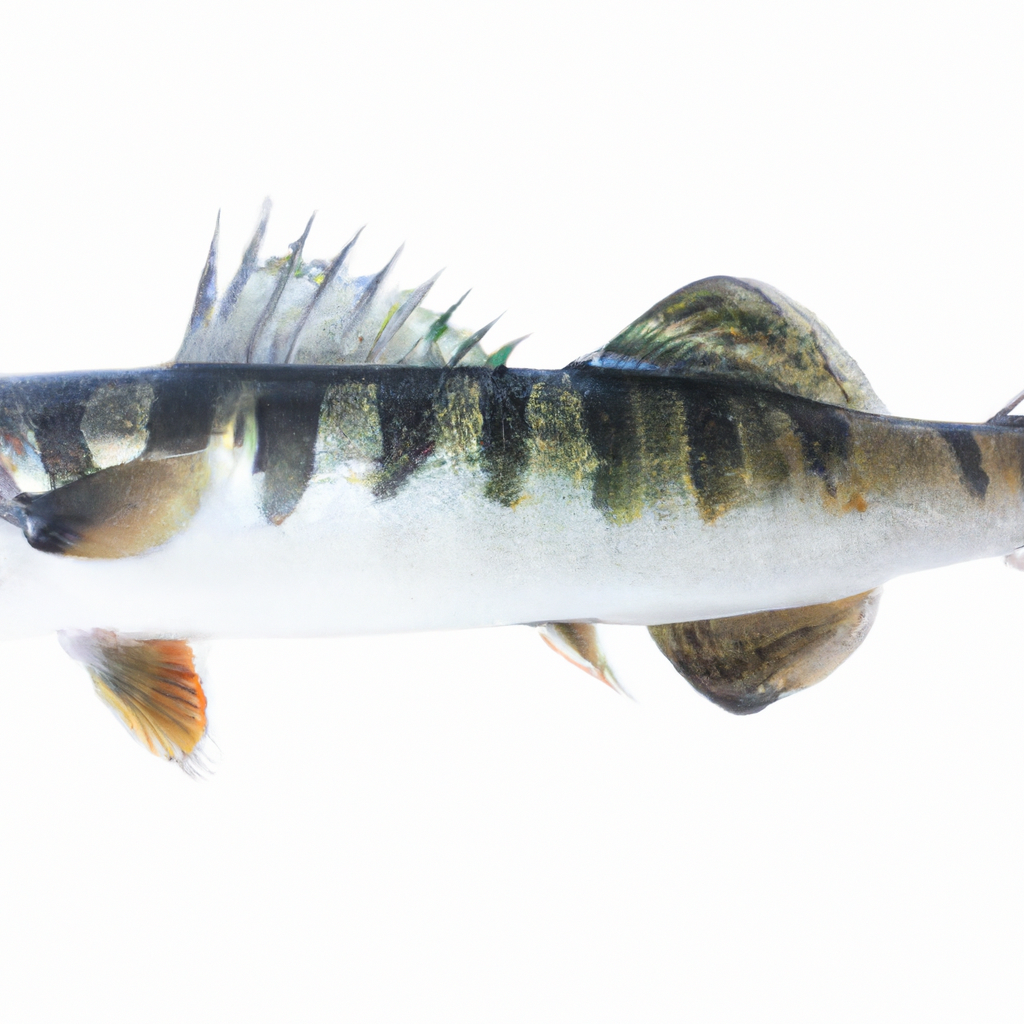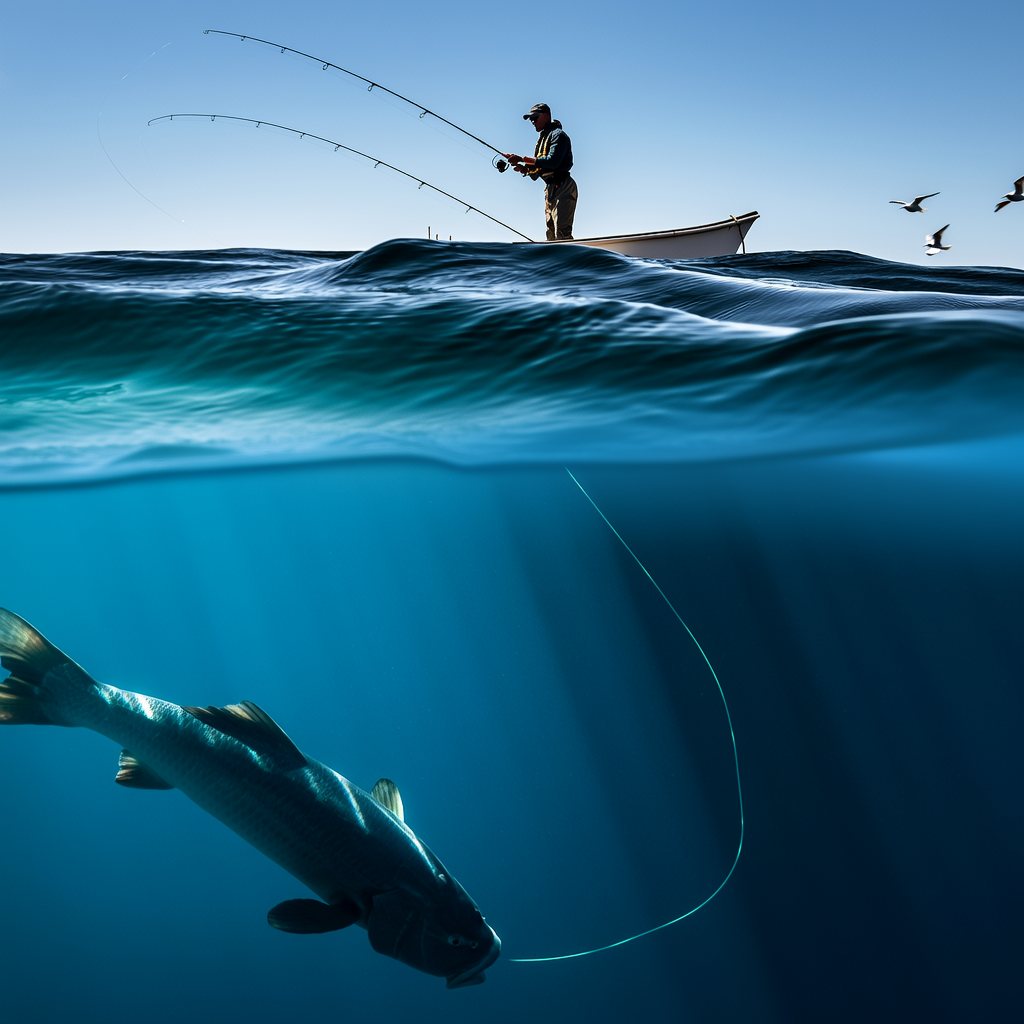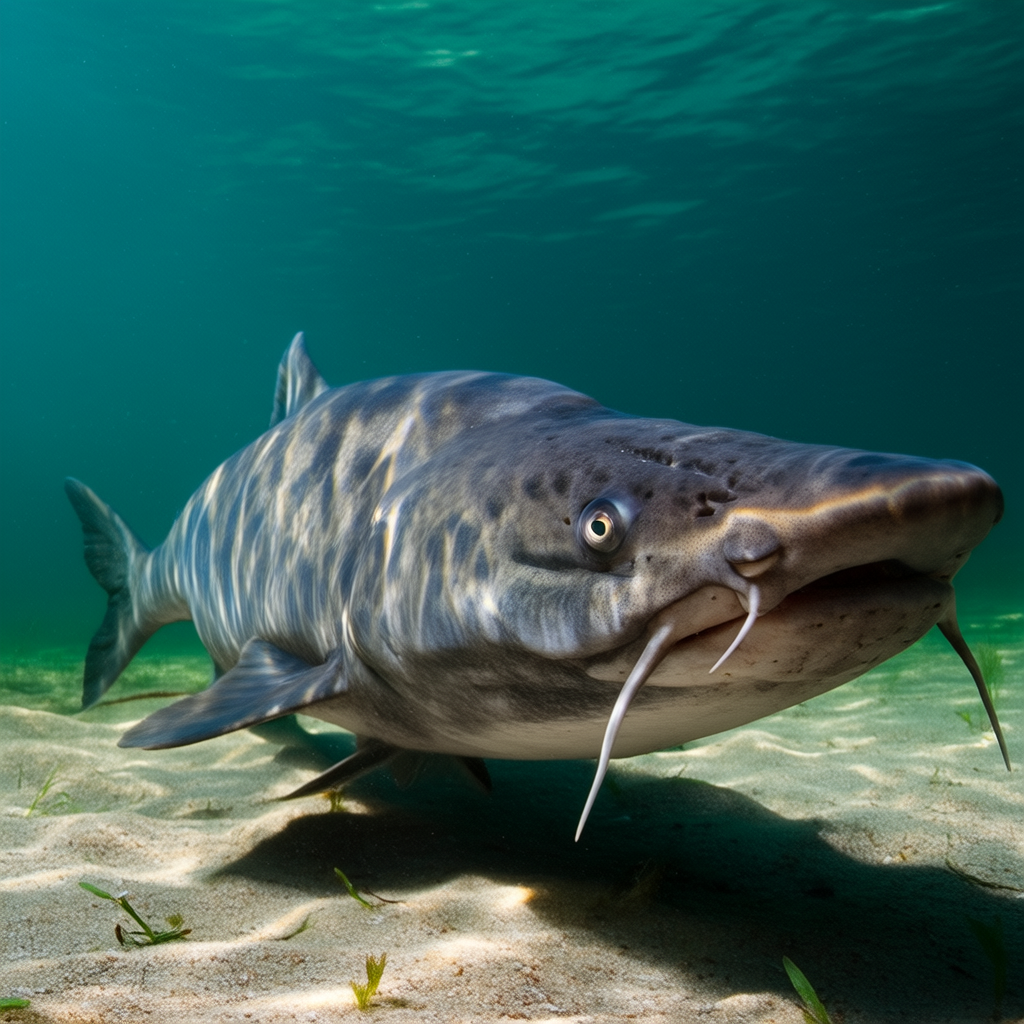Snook Fish Introduction
Anglers are always on the lookout for snook fish, or Centropomus unedecimalis. Their sleek body, their aggressive nature, and their powerful strikes make them an exciting catch. Snook fish are primarily found in coastal waters and offer a thrilling challenge to fishermen.
Habitat and Distribution
The snook fish is mainly found in the warm coastal waters of Atlantic Ocean, from the Gulf of Mexico up to Brazil. They live in a variety environments such as mangroves and estuaries. They also inhabit seagrass beds, canals and seagrass beds. Snook fish prefer structures, such as rocky beaches, docks and bridges where they can ambush prey.
Physical Characteristics
The snook fish has a distinctive appearance with its long, slender shape. They have a tapered, large mouth and sharp teeth that they use to catch their prey. Their coloration can vary depending on the environment they are in, from silver to a greenish-brown along their back. The lateral line that runs down the sides of snook fish helps them detect vibrations in the water.
Feeding Habits
Snook fish have a varied diet and are opportunistic eaters. They prey primarily on smaller fish, shrimps, crustaceans and sometimes even insects. They are known as voracious predators who use their speed and agility in order to outmaneuver prey. Snook fish are active at dawn and dusk, when they move into shallower water to feed.
Snook Fishing Techniques
Snook fishing is a combination of patience, skill, and an understanding of the fishes’ behavior. Anglers use a variety of techniques to catch snook fish.
1. Lure fishing
Artificial lures such as jerkbaits and topwater plugs can be very effective at attracting snook. These lures mimic their natural prey and are cast near structures, then retrieved in a erratic fashion to entice a bite.
2. Live Bait Fishing
Live bait fishing is the use of live shrimp, pilchards or mullet as bait. This technique is very popular with anglers who are targeting larger snook. The live bait can be free-lined, rigged or allowed to swim in the water.
3. Fly Fishing
Fly fishing for snook requires finesse and precision. Anglers use specialized fly patterns that mimic the natural prey of the fish, such as small shrimp or baitfish patterns. To attract snook and elicit a bite, it is important to have a good presentation and cast accurately.
Regulations and Conservation
In order to protect snook fish and ensure sustainable fishing, regulations have been implemented and conservation efforts made to ensure the species is protected. To promote conservation and preserve snook fish populations for future generations, it is important for anglers familiarize themselves with local fishing regulations. This includes size limits, bag limit, and closed season.
Snook Fishing: Challenges and Benefits
Anglers face both challenges and benefits when snook fishing. The adrenaline rush and thrill of catching a powerful snook is a rewarding experience. Anglers can face challenges when trying to land a snook due to factors such as changing conditions, strong currents, and the fishes’ cunning nature.
Conclusion
Anglers love catching snook fish, which offers an exciting experience on the water. These fish are a favorite of many anglers because of their powerful strikes, beautiful appearance, and aggressive nature. The thrill of snook fishing is unmatched, whether you prefer lure fishing, fly fishing, or live bait fishing. Remember to always fish responsibly and contribute to the conservation efforts of this amazing species.




